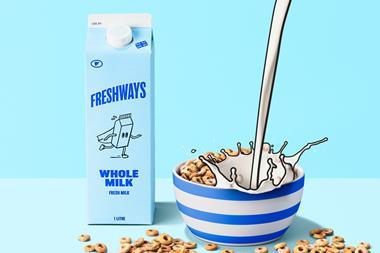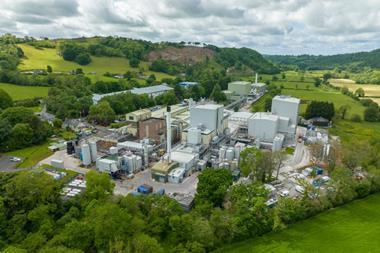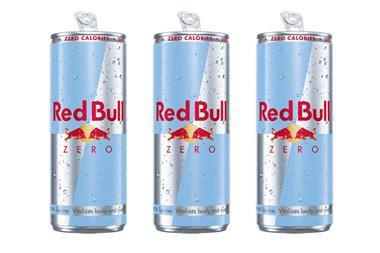Trading rules have been broken but we need to ask how much shorter supply would have been this year if the multiples had not taken action says the MD of Wyke Farms
Surely the OFT's job is to act in the interests of the consumer and a potential shortage of food, particularly staple items such as dairy, is certainly in no-one's interest.
Trading rules were broken, but we don't know the specific allegations against the individuals involved and only know charges related to actions regarding dairy pricing during 2002 and 2003, and we should not forget what led to these events.
The farm milk price was in the region of 15-16ppl and the farmers were losing money . Some had quit the industry and many more planned to. Manufacturers had been hit with higher costs, particularly relating to insurance, energy and wages.
World dairy commodity prices were poor and it was unlikely dairy companies would be able to pass hikes on in a depressed market. They would instead be extracted from dairy farmers in the form of another milk price cut.
Producers' morale at this time was at a low ebb and it was clear a further price cut was likely to trigger a mass exodus from the industry, particularly among younger producers, which would have had severe implications for the seven to 10-year supply of milk.
Something had to be done and the farmers and manufacturers started pressuring the retailers to increase prices and pass the value back. As a result of retailers' support, we were not forced to lower our milk price to fund these cost increases and were able to raise our farmer price to about 18.7 ppl - an increase of about 10%.
The key issue here is that even with this call to action , we have still been through some of the lowest milk production months this summer for the past 20 years and milk products have been very short, rising 50% in price.
The question is: how much shorter would supplies have been this year without some element of responsible action between 2002 and 2003?
The answer: it takes three years to rear a dairy cow before it can be milked. So without this action, we could now have 10% fewer cows, 10% fewer milk products, and very short supply, with no product for consumers to buy.
There were problems with the way this was carried out and doubts remain about how much of the value was returned to producers, but the tide of milk price reductions was turned by these actions in 2002 and the industry did benefit.
Because of this action, more producers are still farming and maybe consumers are paying less than they would have if no action had been taken. The medium-term financial prospects for dairy farmers are good with prices 10ppl higher than they were, so now may be a good time to look at how we source raw milk.
I read with interest the statements on some liquid milk containers that tell consumers how producers supplying these products get a 'premium to enable them to make reinvestment in their businesses'. I wonder now if consumers may question why suppliers are singled out for this fair treatment and how the buyer can guarantee they are used for reinvestment rather than profit.
Sometimes the 'fair trade' approach has to be applied to home-supplied goods and I hope this ruling does not discourage retailers from acting to help farmers in the future. One thing we can be sure of is that this ruling further undermines consumer confidence in retailers and dairy manufacturers, which will have an impact on the primary
producer.

















No comments yet